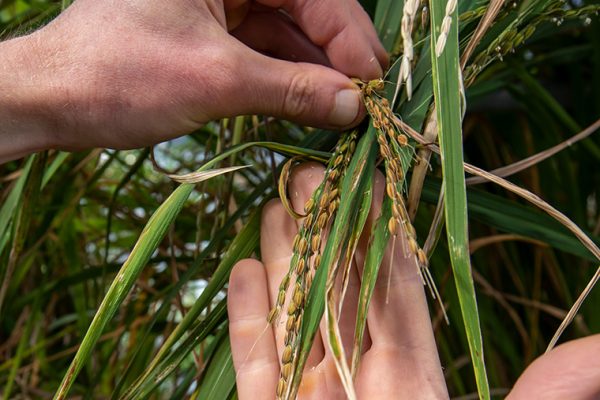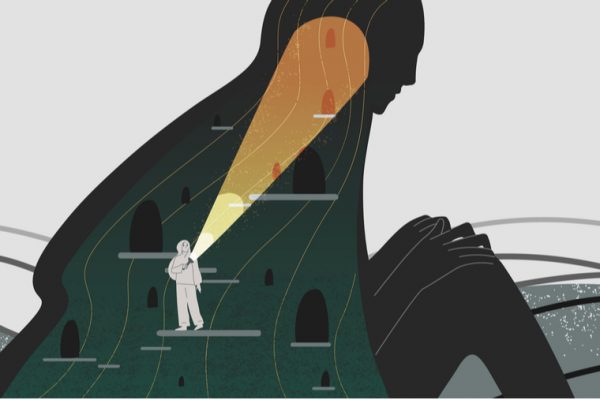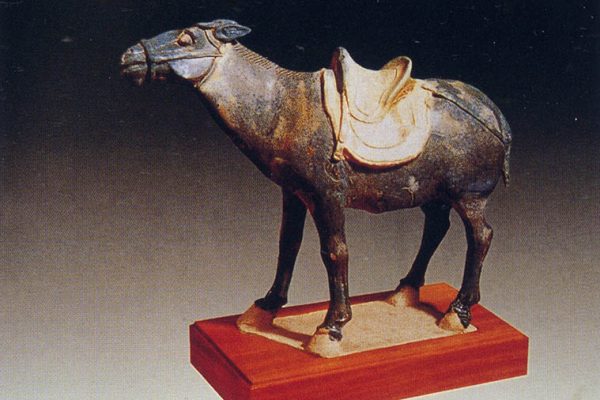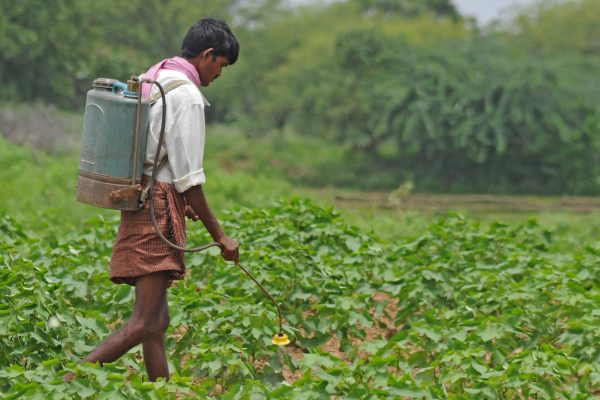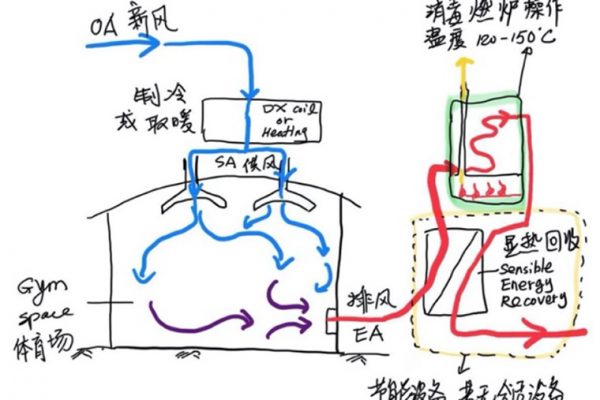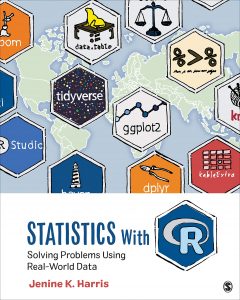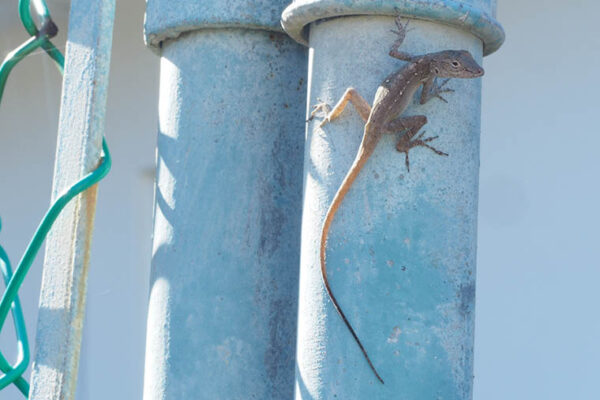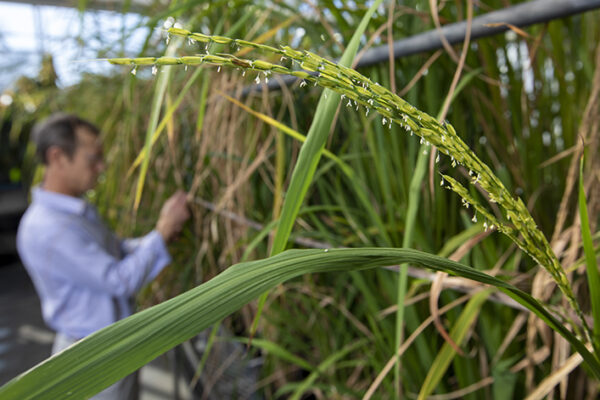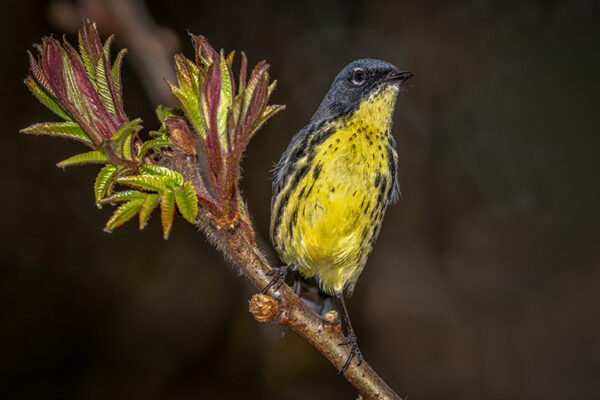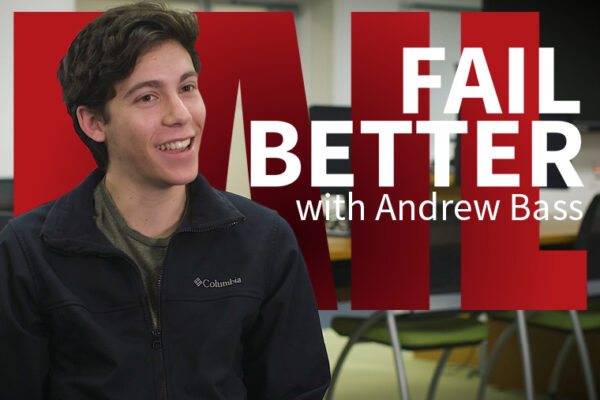Weedy rice is unintended legacy of Green Revolution
Weedy rice is a feral form of rice that infests paddies worldwide and aggressively outcompetes cultivated varieties. A new study led by biologists at Washington University in St. Louis shows that weed populations have evolved multiple times from cultivated rice, and a strikingly high proportion of contemporary Asian weed strains can be traced to a few Green Revolution cultivars that were widely grown in the late 20th century.
Coping during coronavirus
The coronavirus pandemic has led to plenty of uncertainty. Tim Bono, assistant dean in Arts & Sciences and a lecturer in psychological and brain sciences at Washington University in St. Louis, offers tips for managing parts of life that are still under our control.
Tang Dynasty noblewoman buried with her donkeys, for the love of polo
A noblewoman from Imperial China enjoyed playing polo on donkeys so much she had her steeds buried with her so she could keep doing it in the afterlife, archaeologists found. This discovery by a team that includes archaeologist Fiona Marshall at Washington University in St. Louis is published March 17 in the journal Antiquity.
Long-term analysis shows GM cotton no match for insects in India
Genetically modified Bt cotton is the most widely planted cotton crop in India by acreage, and it is hugely controversial. Supporters long touted increased yields and reduced pesticides to justify its pickup. But that argument does not hold up under the first long-term study of Bt cotton impacts in India. The analysis is co-authored by a Washington University in St. Louis anthropologist in the journal Nature Plants.
The architecture of virus transmission
The built environment often shapes the spread of disease. Many early cases of COVID-19, the 2019 novel coronavirus, centered on a seafood market in Wuhan City, China. Airports, hospitals and other gathering points can easily become sites of virus transmission. But as the world grapples with the COVID-19 outbreak, Hongxi Yin, associate professor in advanced building systems and architectural design at Washington University in St. Louis, is exploring whether using portable furnaces to sterilize contaminated building exhaust might help to stem the contagion.
Statistics With R
Solving Problems Using Real-World Data
Drawing on examples from across the social and behavioral sciences, “Statistics with R: Solving Problems Using Real-World Data” introduces foundational statistics concepts with beginner-friendly R programming in an exploration of the world’s tricky problems faced by the “R Team” characters. Inspired by the programming group “R Ladies,” the R Team works together to master the […]
Hot time in the city: Urban lizards evolve heat tolerance
Faced with a gritty landscape of metal fences, concrete walls and asphalt pavement, lizards that moved into cities in Puerto Rico rapidly and repeatedly evolved better tolerance for heat than their forest counterparts, according to new research from Washington University in St. Louis and the University of California, Los Angeles.
Rice, know thy enemy: NSF grants $2.6M to study weedy invader
Weedy rice — or rice gone rogue — costs U.S. farmers more than $45 million annually. A team led by Washington University in St. Louis will characterize the genetic basis and origins of the traits that allow weedy rice to invade rice fields, reduce yields and contaminate harvests.
Birds of a feather better not together
Diversity plays a key role in maintaining the stability of plant and animal life in an area. But it’s difficult to scale up smaller experiments to understand how changes will impact larger ecosystems. A new study of North American birds from biologists in Arts & Sciences reveals the importance of both total numbers and variation in species identities.
Fail Better with Andrew Bass
Develop an open-source nuclear detection system. That was the charge from the U.S. Department of Defense to members of its new internship program, the X-Force Fellowship. Washington University in St. Louis sophomore Andrew Bass had been selected to serve in the pilot cohort and arrived at Cape Canaveral in Florida convinced he would fail.
Older Stories
